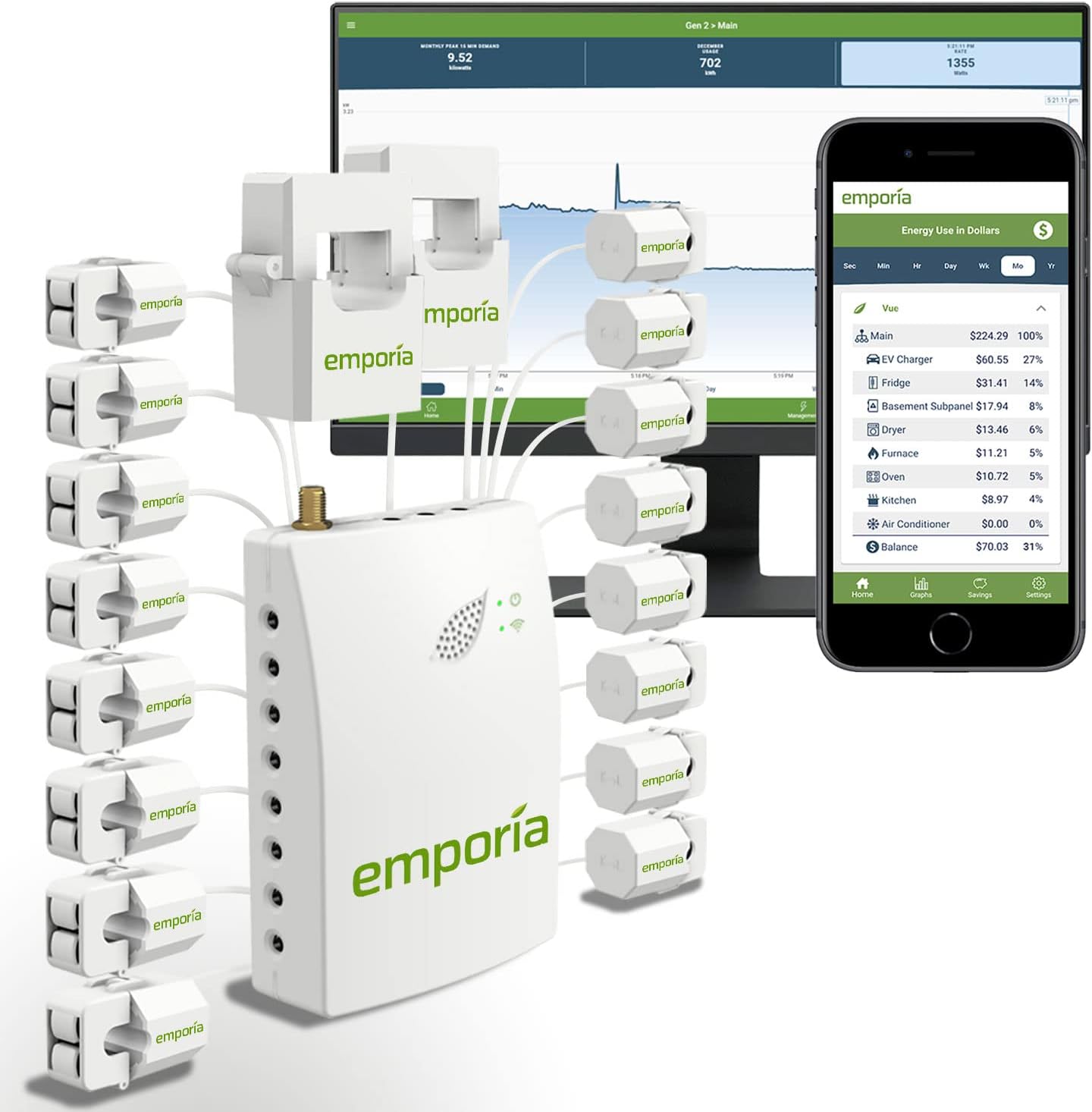Clothing and textile production have major environmental impacts. As awareness grows, what can policymakers, businesses and consumers do to make this sector more sustainable? We discuss key issues and solutions with expert Lars Mortensen.
The Significant Footprint of Textiles
Textile production and consumption in the EU have large environmental and climate consequences. The EEA briefing on textiles shows it is the 4th highest pressure globally for some impacts. Specifically, textiles cause the 3rd most land and water use, 4th most resource use, and 4th most greenhouse gases in the value chain.
Textiles also have harmful effects from chemical use. EEA will further study per- and polyfluorinated chemicals in textiles this year. The EEA’s findings informed the new EU Strategy for Sustainable Textiles released in March 2022.
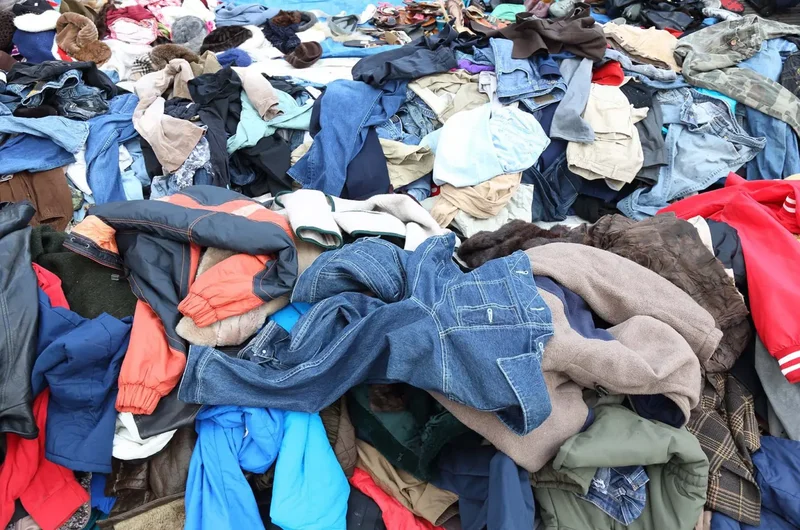
What Happens to Discarded Clothing in the EU?
Most used textiles in the EU become urban waste and are incinerated for energy. Exact figures are unknown. On average, 38% are donated for reuse and recycling, but only 10% are resold in the same country, and 10% in other EU states.
According to EEA’s briefing “EU exports of used textiles”, exports have tripled in 20 years to 1.7 million tons in 2019. Around 46% go to Africa (Tunisia, Ghana, Cameroon) where over half are reused and the rest disposed of or dumped.
41% are exported to Asia (Pakistan, UAE, India). Some are mechanically regenerated, and some re-exported. There is uncertainty about exports and their end fate. As EU countries implement separate textile collection by 2025, reuse volumes should increase.
Limiting Negative Impacts and Export of Used Textiles
Policymakers are already acting, with extended producer responsibility schemes and textile inclusion in the Eco-design Directive for safer, sustainable products.
Businesses can make textiles more durable, repairable and long-lasting. Consumers can buy better quality textiles, wear them longer, and purchase second-hand.
Sustainable Textile Production
Achieving sustainability in textile production is crucial but challenging. Many textile companies are now working to implement sustainable textile manufacturing practices. This involves using eco-friendly materials, reducing water and energy use, and minimizing waste across production processes. However, major shifts across the whole sustainable textile industry will be needed to make the sector truly sustainable.
Sustainability in the Textile Industry
More sustainability in the textile industry is urgently required to reduce its environmental footprint. Textile sustainability involves companies assessing and improving performances across fibercultivation, manufacturing, distribution and end-of-life management. Key focus areas for sustainability in the textiles industry include renewable energy, water stewardship, waste reduction and safe chemical use.
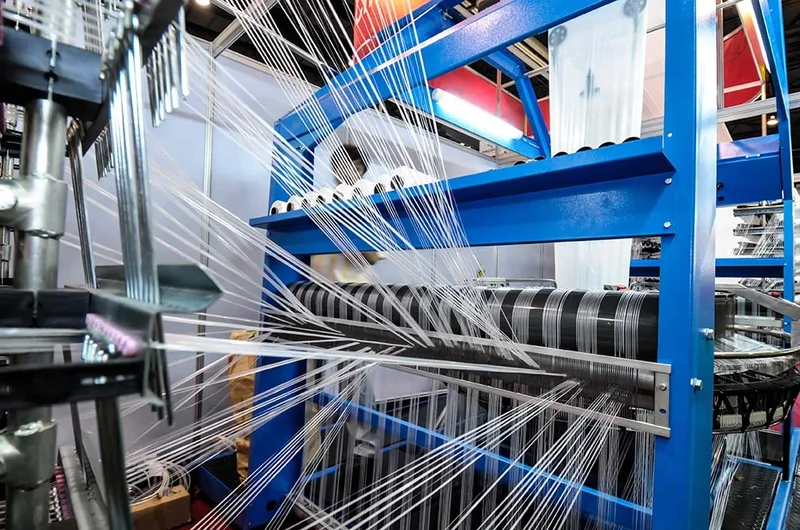
Sustainable Textile Companies
In recent years, several pioneering sustainable textile companies have emerged. These companies aim to produce eco textiles in an ethical and environmentally responsible manner. Strategies adopted by sustainable textile companies include using organic cotton, recycled materials, non-toxic dyes, eco-friendly packaging and transparency about supply chains. However, more sustainable textile companies are needed to transform the sector.
Sustainable Textile Manufacturing
Making textile manufacturing more sustainable is complex but attainable. It requires holistic thinking and innovation in materials, processes and business models. Examples of sustainable textile manufacturing practices include water recycling, renewable energy, zero waste targets, non-toxic chemistry, ethical labor conditions and product longevity. Scaling such solutions can support sustainability across the whole textile manufacturing sector.
Textile Sustainability
Textile sustainability should be an urgent priority for the industry. It means minimizing the environmental harms of producing and disposing of textiles and clothing. Key focus areas for improving textile sustainability include materials innovation, efficient manufacturing, supply chain transparency, recycling technologies and circular business models. With coordinated efforts across the value chain, the textile industry can embark on a sustainability journey.
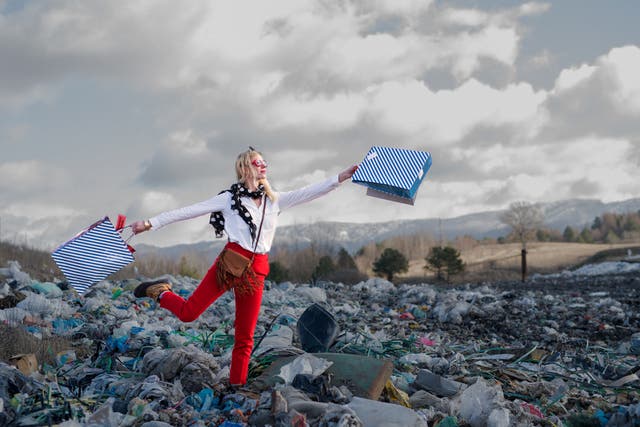
The Role of Bio-Based Fibers
Bio-based fibers are often seen as more sustainable. But EEA analysis shows caution is still needed. While they move away from oil-based synthetics, they cause other pressures like agricultural land and water use, and processing impacts.
EU Strategy to Address Textile Impacts
The EU’s 2022 Sustainable Products Strategy has wide-ranging initiatives to regulate textiles, informed by EEA. Key elements are textile inclusion in Eco-design and the EU product passport.
Comprehensive producer responsibility schemes across the EU are crucial. Over 16 legal texts will shape the textile market in coming years according to industry group Euratex.
Moving Away From Fast Fashion
The EU strategy states “fast fashion is out of fashion” by 2030. Currently it dominates, while quality, repairable and timeless fashion has a very small market share.
Promising initiatives exist but have difficulty scaling up against fast fashion. Policy focus on textiles globally and in the EU can help transition toward a circular, sustainable system.

Sustainable Fibers and Materials
More research and innovation is needed into sustainable alternative textile materials like bio-based fibers, recycled fibers and fabrics, and plant-based leathers.
Life cycle assessments of new materials are key to understand their sustainability. Blends and hybrid materials that optimize properties while minimizing environmental burdens may offer promise.
Circular Business Models
New business models like clothing leasing, resale, repair and remanufacturing need support to scale up. Policy tools like taxation can help make these attractive options versus buying new fast fashion.
Digital tools like product passports can provide transparency on a garment’s origin, materials and reuse potential. This empowers circular models.
Engaging Citizens for Change
Bottom-up citizen action is crucial to drive change in our textile system. Consumers must demand, purchase and dispose of textiles more responsibly. Citizen science initiatives can collect valuable data.
Education and information campaigns can showcase the textile sector’s sustainability impacts and circular solutions. These can motivate lifestyle shifts towards more mindful and ethical consumption.

Coordinated Global Effort
A coordinated global approach is essential for transforming textile production and consumption. EU strategy provides leadership, but major textile producing regions must also transition their systems.
International partnerships can share knowledge and policy approaches. Level playing fields will avoid displacement of production. With collaboration, the textile industry can become truly circular and sustainable worldwide.
Sources:
- https://www.eea.europa.eu/publications/textiles-and-the-environment-the
- https://liberteque.com/green-building-council/
- https://www.eea.europa.eu/publications/eu-exports-of-used-textiles/eu-exports-of-used-textiles
- https://liberteque.com/sustainable-living/
- https://environment.ec.europa.eu/strategy/textiles-strategy_en
- https://ec.europa.eu/commission/presscorner/detail/en/ip_22_2013
- https://environment.ec.europa.eu/strategy/textiles-strategy_en
- https://single-market-economy.ec.europa.eu/single-market/european-standards/harmonised-standards/ecodesign_en
- https://liberteque.com/sustainable-living/
- https://medium.com/@backup.rebelics/how-can-we-make-the-use-and-production-of-textiles-more-sustainable
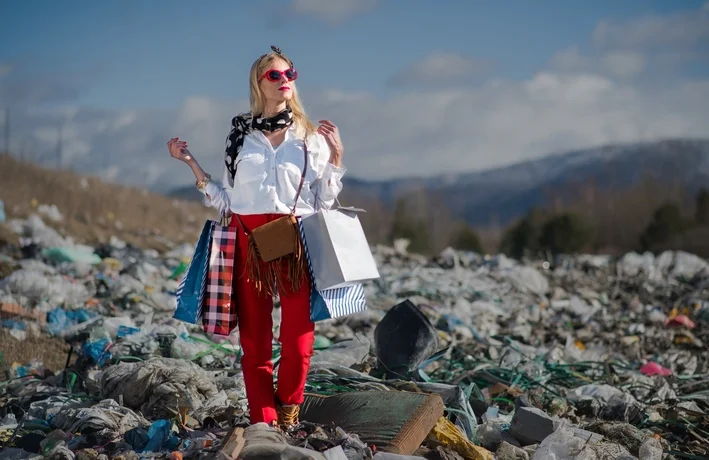
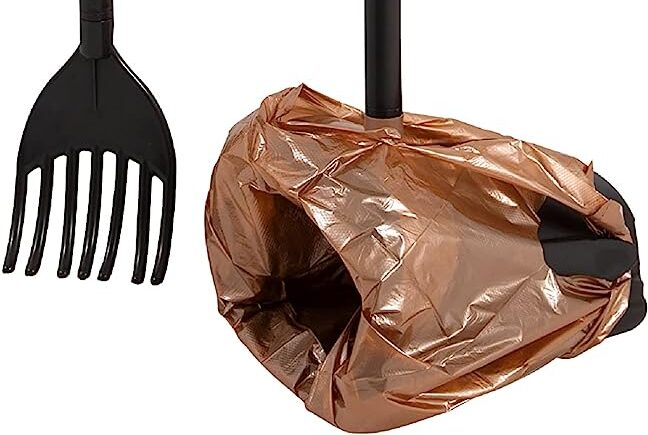
![SuperHandy Log Splitter Portable 20 Ton Gas Powered & Leaf Mulcher Shredder Electric Green and Waste Management Heavy Duty [ Bundle Deal ] review](https://liberteque.com/wp-content/uploads/2023/08/superhandy-log-splitter-portable-20-ton-gas-powered-leaf-mulcher-shredder-electric-green-and-waste-management-heavy-duty-5.jpg)


